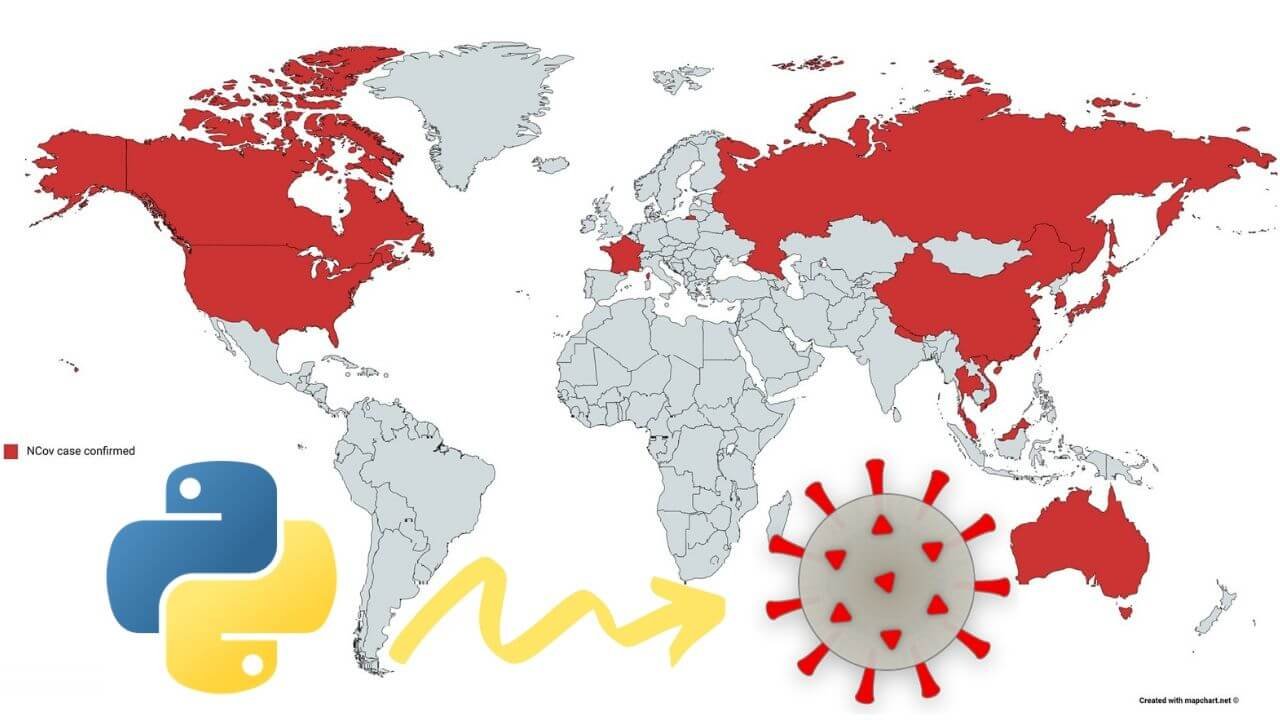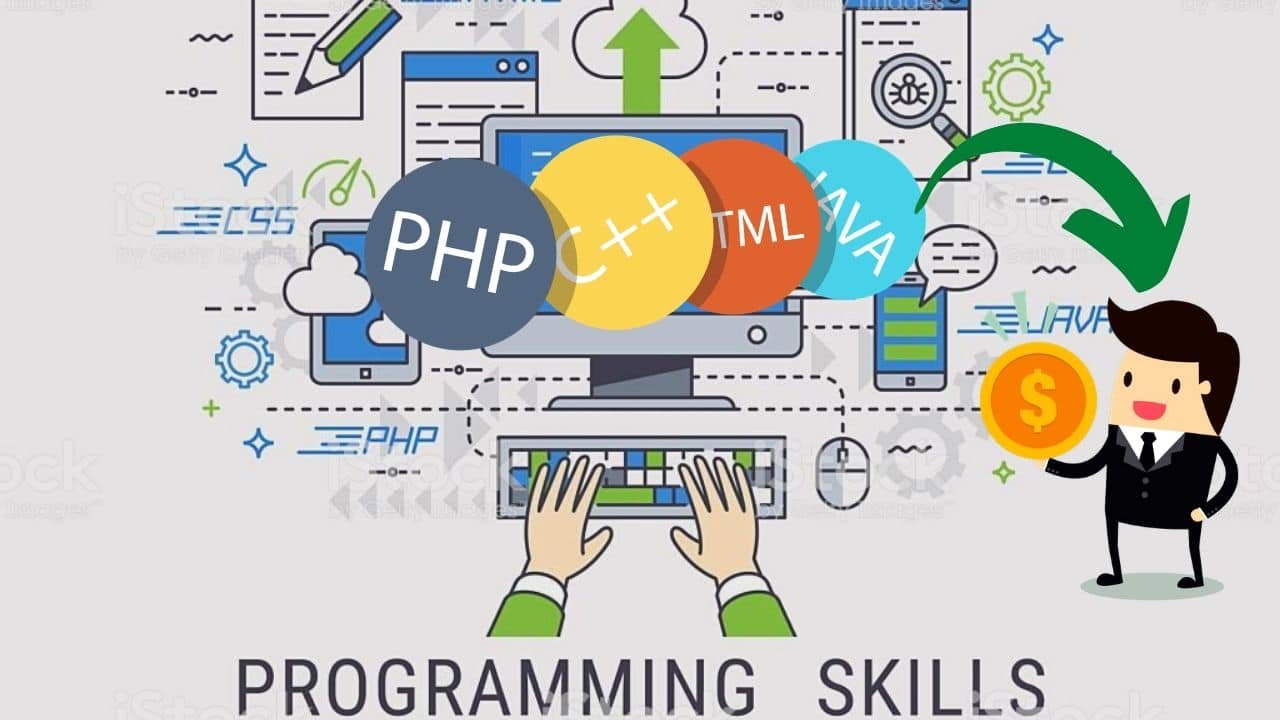In this article, we are going to talk about how you can become a certified Data Scientist at Harvard University. We will show you the free Data Science program at Harvard and you can learn from your home.
But before that, let’s talk about why we decided on an article like this, and what you will learn in this Data Science program.
Many of you liked our article about how to gain Computer Science Education from MIT University for FREE where we created a Computer Science curriculum using free courses from MIT University.
We’ve organized the curriculum in 8 semesters with 5 courses each semester which should take 4 academic years to be taught properly, but, since you are learning at home it should take less time.
After finishing the courses, you should have knowledge of Computer Science Engineer from MIT University with expertise in Machine Learning, Data Science, NLP, Computer Vision, etc.
The goal for this article is a bit different and it is not as broad as the one at MIT since this is a program, not a full curriculum. This program will help you to become a Data Scientist for about 1 and a half years.
Now the advantage here is through your journey into the program you are assisted by Harvard University’s finest professors who are true professionals in these areas and on top of that you can get certificates from Harvard University that will prove your knowledge in these areas and will help you find a job easier.
Here are two articles that you will also find very helpful:
- How to Become Machine Learning Specialist in Under 20 Hours from This FREE LinkedIn Course
- Top 50 FREE Artificial Intelligence, Computer Science, Engineering and Programming Courses from the Ivy League Universities
In this Data Science program you will learn:
- Fundamental R programming skills
- Statistical concepts such as probability, inference, and modeling and how to apply them in practice
- Gain experience with the tidyverse, including data visualization with ggplot2 and data wrangling with dplyr
- Essential tools for practicing data scientists such as Unix/Linux, git and GitHub, and RStudio
- Implement machine learning algorithms
What do you need to become a Certified Data Scientist at Harvard?
Keep in mind that some of the certificates might require some payments, and if you can’t afford it is completely fine, the most important part is that you will get the knowledge, and you can make tons of practical projects that can easily put you in a good position at your jobs interviews.
After the description of every course, we are going to list the price of the certificate. As we’ve mentioned the certificate is a good proof of your knowledge but is not A MUST, so you MUST NOT SPEND MONEY AND ACQUIRE IT.
The FREE Data Science program at Harvard University
This course will introduce you to the basics of R programming. You can better retain R when you learn it to solve a specific problem, so you’ll use a real-world dataset about crime in the United States.
You will learn the R skills needed to answer essential questions about differences in crime across the different states. This course covers R’s functions and data types, then tackle how to operate on vectors and when to use advanced functions like sorting.
You’ll learn how to apply general programming features like “if-else,” and “for loop” commands, and how to wrangle, analyze and visualize data. Rather than covering every R skill, you might need, you’ll build a strong foundation to prepare you for the more in-depth courses later in the series, where we cover concepts like probability, inference, regression, and machine learning.
We help you develop a skill set that includes R programming, data wrangling with dplyr, data visualization with ggplot2, file organization with UNIX/Linux, version control with git and GitHub, and reproducible document preparation with RStudio.
The demand for skilled data science practitioners is rapidly growing, and this series prepares you to tackle real-world data analysis challenges.
The certificate for this course costs $49.
This course covers the basics of data visualization and exploratory data analysis. We will use three motivating examples and ggplot2, a data visualization package for the statistical programming language R.
You will start with simple datasets and then graduate to case studies about world health, economics, and infection s disease trends in the United States. You will also be looking at how mistakes, biases, systematic errors, and other unexpected problems often lead to data that should be handled with care.
The fact that it can be difficult or impossible to notice a mistake within a dataset makes data visualization particularly important. The growing availability of informative datasets and software tools has led to increased reliance on data visualizations across many areas.
Data visualization provides a powerful way to communicate data-driven findings, motivate analyses, and detect flaws. This course will give you the skills you need to leverage data to reveal valuable insights and advance your career.
The certificate for this course costs $49.
The motivation for this course is the circumstances surrounding the financial crisis of 2007-2008. Part of what caused this financial crisis was that the risk of some securities sold by financial institutions was underestimated.
To begin to understand this very complicated event, we need to understand the basics of probability. The course will introduce you to important concepts such as random variables, independence, Monte Carlo simulations, expected values, standard errors, and the Central Limit Theorem.
These statistical concepts are fundamental to conducting statistical tests on data and understanding whether the data you are analyzing is likely occurring due to an experimental method or to chance.
Probability theory is the mathematical foundation of statistical inference which is indispensable for analyzing data affected by chance, and thus essential for data scientists.
The certificate for this course costs $49.
This course will show you how inference and modeling can be applied to develop the statistical approaches that make polls an effective tool and we’ll show you how to do this using R.
You will learn concepts necessary to define estimates and margins of errors and learn how you can use these to make predictions relatively well and also provide an estimate of the precision of your forecast. Once you learn this you will be able to understand two concepts that are ubiquitous in data science: confidence intervals, and p-values.
Then, to understand statements about the probability of a candidate winning, you will learn about Bayesian modeling.
Finally, at the end of the course, we will put it all together to recreate a simplified version of an election forecast model and apply it to the 2016 election.
The certificate for this course costs $49.
This course explains how to use Unix/Linux as a tool for managing files and directories on your computer and how to keep the file system organized.
You will be introduced to the version control systems git, a powerful tool for keeping track of changes in your scripts and reports. We also introduce you to GitHub and demonstrate how you can use this service to keep your work in a repository that facilitates collaborations.
Finally, you will learn to write reports in R markdown which permits you to incorporate text and code into a document. We’ll put it all together using the powerful integrated desktop environment RStudio.
The certificate for this course costs $49.
This course covers several standard steps of the data wrangling process like importing data into R, tidying data, string processing, HTML parsing, working with dates and times, and text mining.
Rarely are all these wrangling steps necessary in a single analysis, but a data scientist will likely face them all at some point. Very rarely is data easily accessible in a data science project. It’s more likely for the data to be in a file, a database, or extracted from documents such as web pages, tweets, or PDFs.
In these cases, the first step is to import the data into R and tidy the data, using the tidyverse package. The steps that convert data from its raw form to the tidy form is called data wrangling.
This process is a critical step for any data scientist. Knowing how to wrangle and clean data will enable you to make critical insights that would otherwise be hidden.
The certificate for this course costs $49.
This course covers how to implement linear regression and adjust for confounding in practice using R. In data science applications, it is very common to be interested in the relationship between two or more variables.
The motivating case study we examine in this course relates to the data-driven approach used to construct baseball teams described in Moneyball.
We will try to determine which measured outcomes best predict baseball runs by using linear regression. You will also examine confounding, where extraneous variables affect the relationship between two or more other variables, leading to spurious associations.
Linear regression is a powerful technique for removing confounders, but it is not a magical process. It is essential to understand when it is appropriate to use, and this course will teach you when to apply this technique.
The certificate for this course costs $49.
This course will help you learn popular machine learning algorithms, principal component analysis, and regularization by building a movie recommendation system.
You will learn about training data, and how to use a set of data to discover potentially predictive relationships. As you build the movie recommendation system, you will learn how to train algorithms using training data so you can predict the outcome for future datasets.
You will also learn about overtraining and techniques to avoid it such as cross-validation. All of these skills are fundamental to machine learning.
The certificate for this course costs $49.
To become an expert data scientist, you need practice and experience. By completing this capstone project, you will get an opportunity to apply the knowledge and skills in R data analysis that you have gained throughout the series.
This final project will test your skills in data visualization, probability, inference and modeling, data wrangling, data organization, regression, and machine learning.
Unlike in the rest of the courses, in this course, you will receive much less guidance from the instructors.
When you complete the project, you will have a data product to show off to potential employers or educational programs, a strong indicator of your expertise in the field of data science.
The certificate for this course costs $49.
Conclusion
So, what can we take from all of this? Well, if you are interested in Data Science, give this a shot, any other Data Science course at any other academy can cost much more, and this is FREE, and for just $441 you can get 9 certificates from Harvard University, from HARVARD UNIVERSITY! There are Web Design academies that ask more than $1000 in our country.
We hope that this will help you in your quest for the perfect Data Science course, as we’ve already said, it is FREE, and it offers 9 certificates at a very low price, and it’s HARVARD.
If you are interested to gain Computer Science Engineer knowledge check out our article about how to gain Computer Science Education from MIT University for FREE where we created a Computer Science curriculum using free courses from MIT University.
If you are interested in courses from other universities check out our article about the top 10 best FREE Artificial Intelligence Courses from Harvard, MIT, and Stanford.
If you prefer to learn using video platforms like YouTube check our article about the top 10 best Artificial Intelligence YouTube Channels in 2020.
If you prefer studying from books and you are new to Artificial Intelligence and its subfields then check out our articles about the top 10 Machine Learning Books that you should read before you start with it and this is the best environment setup for Machine Learning projects.
Like with every post we do, we encourage you to continue learning, trying and creating.






